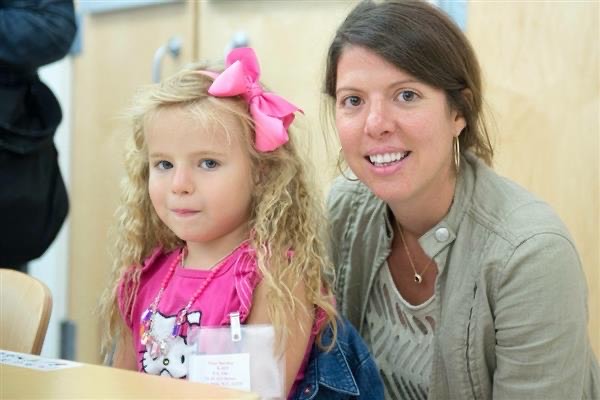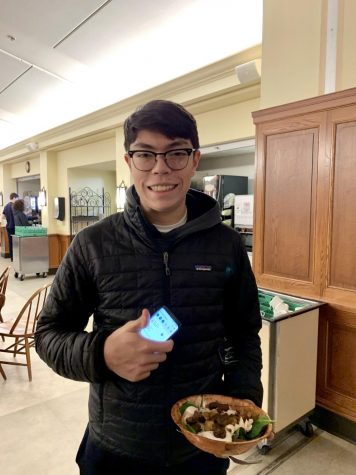Behind the scenes: Math Department Curriculum
April 15, 2023
The Math Curriculum at Kent is one that has puzzled students at times; some have expressed concerns that they are studying the same concepts in multiple courses, and aren’t able to skip over any courses in order to reach higher level offerings.
Ms. Ceane, the Math Department representative on the Curriculum Committee, which is led by Academic Dean Dr. MacNeil, explained that one of the unique features of Kent’s math curriculum is the Intro to Calculus course, which is not commonly available at other schools. Although some students complain that being required to take this course slows their math career down, the Intro to Calculus course is designed to provide a foundational bridge to Calculus courses. Based on UChicago research which demonstrated that there is a high failure rate in college freshman Calculus classes, “Intro to Calculus’s main goal is to extend and expand knowledge from Precalculus, getting the students thinking more deeply, increasing the chances of success,” in later Calculus courses, Ms. Ceane says.
However, the curriculum offered by the Math Department is currently being reevaluated as part of a program that requires each program to engage in curriculum review every five years to make sure that the curriculum aligns well with the students and their learning needs. This year, Dr. Zibro and Mr. Bezerra are leading the reevaluation for the History and Engineering departments, and Ms. Ceane is leading her department through their own curricular review, a process that will continue into next year. During the first weeks of June, she met with her math department colleagues to figure out what is working well and what needs to be fixed in the curriculum, as well as coming up with a guiding and inspirational philosophy statement. “Our focus is on inclusivity, where the course offers what you need at that time and where everybody has an opportunity to excel no matter of their learning level, on teaching a mindset to prepare the students for college, on communication, on content, which teaches how to approach problems which you do not know hot to solve, and on commitment,” Ms. Ceane explains.
One of the biggest questions the Math Department faced has been whether different math courses indeed teach the same things, or it’s a part of the student perception as they don’t notice the deepening and expanding of knowledge in the next course.
“Though multiple math courses slow down the process of learning, it’s not necessarily a problem because it gives time to observe the material. The competition among the students, however, is a breakdown,” Ms. Ceane states. For students who are able to handle pace and rigor, there is the Accelerated Algebra 2 course which lets you jump straight to the Accelerated Intro to Calculus course, avoiding the Precalculus course. Similarly, by taking the Accelerated Intro to Calculus course, the students are able to move onto the AS BC Calculus course. The result is that students have very different experiences as they move from one course to the next, and that it can be difficult to move levels when they need to.
The pandemic has complicated math learning across the country, and the time seems right for a reconsideration of math instruction at Kent; thankfully, teachers are already working towards improving a program which will suit the students in the best way possible.






